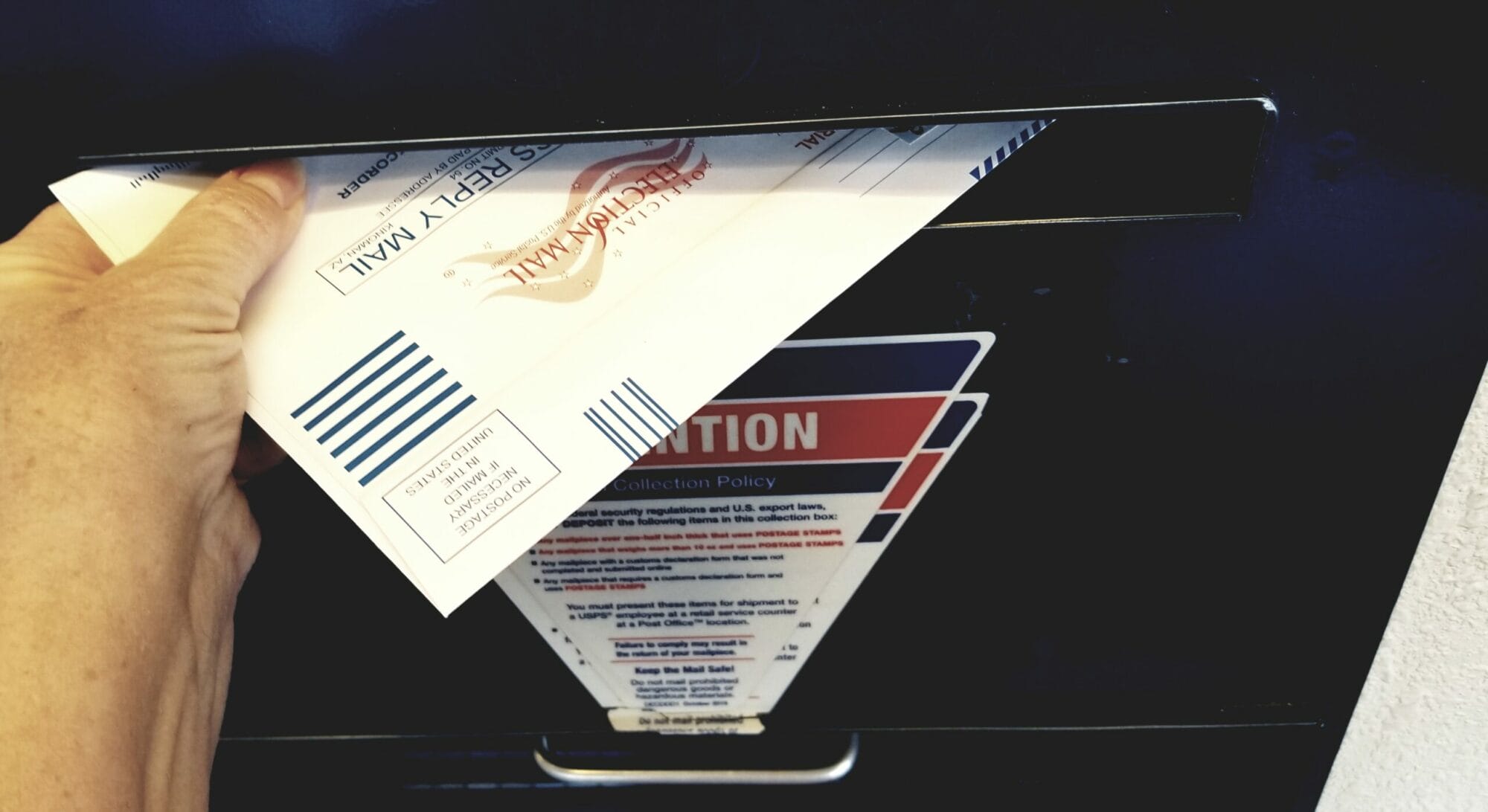ZACHARY ROTH
Arizona Mirror
Lately, a rough consensus has emerged among people who study the impact of voting policies: Though they often spark fierce partisan fighting, most changes to voting laws do little to affect overall turnout, much less election results.
But one fast-growing reform appears to stand out as an exception.
When every registered voter gets sent a ballot in the mail — a system known as universal vote-by-mail — voting rates tend to rise, numerous studies have found.
Advocates for mail voting say these findings haven’t gotten the attention they deserve, and that they should lead more states that want to boost turnout to adopt UVM, as it’s called.
“[T]o a remarkable degree, most of the nation’s leading journalists, democracy reform organizations, and elected officials continue to largely ignore, downplay — or even dismiss outright – the potentially profound implications of these noticeably high turnout rates,” said a research paper released last month by the National Vote at Home Institute, which advocates for increased use of mail voting.
Currently, eight states — California, Colorado, Hawaii, Nevada, Oregon, Utah, Vermont, and Washington — use UVM.





